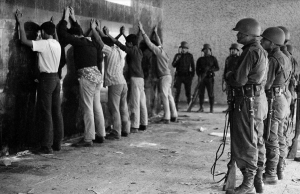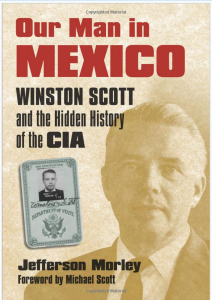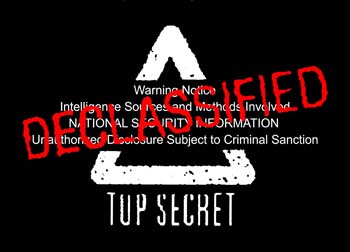
Today is the 50th anniversary of one of the most notorious events in Mexican history: the massacre of scores of student demonstrators on the eve of the 1968 Olympics. Across the country, Mexican citizens are commemorating the event with marches and rallies, conferences, exhibitions, and performances.
The massacre marked the first time a popular movement confronted Mexico’s one-party authoritarian government, with bloody results. After decades of denial, Mexican journalists eventually determined that President Diaz Ordaz ordered the placement of snipers inside apartments overlooking the plaza to fire into the crowd. While estimates of death toll go up to 300 people, government documents (which are not public) confirm 44 deaths.
“Tlatelolco became a symbol of the collective desire to obtain justice,” Sergio Aguayo, a historian and former Mexican intelligence officer, told the New York Times.
Tlatelolco, in short, is a case study in the abuses of secret government. If you want to understand how deep state agencies work today, start with their history.

The role of the CIA and State Department role in the events of 1968 is documented in this collection found in the non-profit National Security Archive at the George Washington University in Washington, DC.
I wrote about the role of CIA station chief Win Scott in the events of October 1968 in my book Our Man in Mexico. In the book, I cite declasssified records showing that Diaz Ordaz was a paid CIA informant, known by the code name LITEMPO-2.
Here’s an independent report (in Spanish) on the events of 1968, written by a special prosecutor appointed by President Vicente Fox in 2001. It was immediately suppressed upon release.
And the Mexican government still seeks to censor the past. See: Fifty Years After Tlatelolco, Censoring the Mexican Archives: Mexico’s “Dirty War” Files Withdrawn from Public Access | National Security Archive



